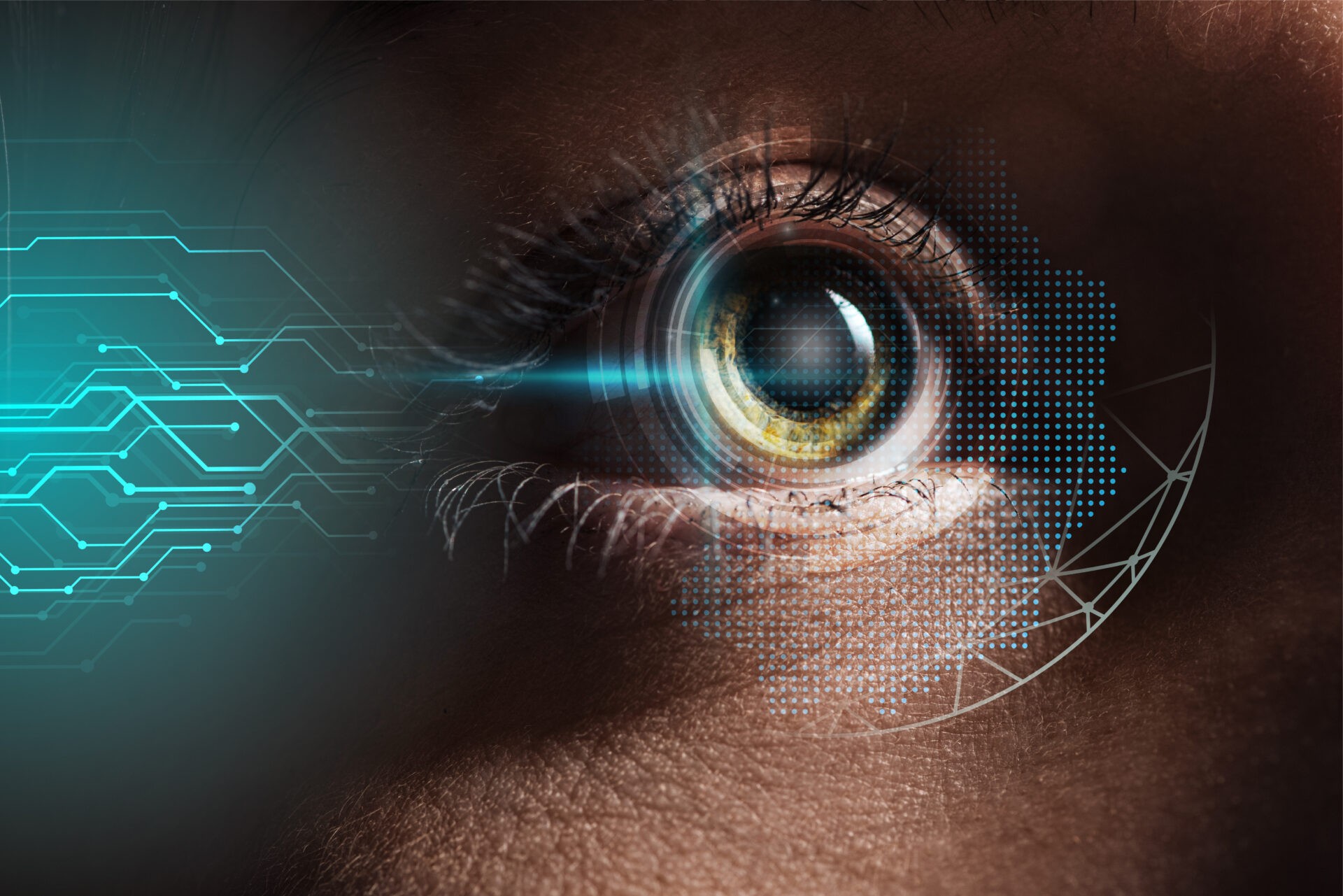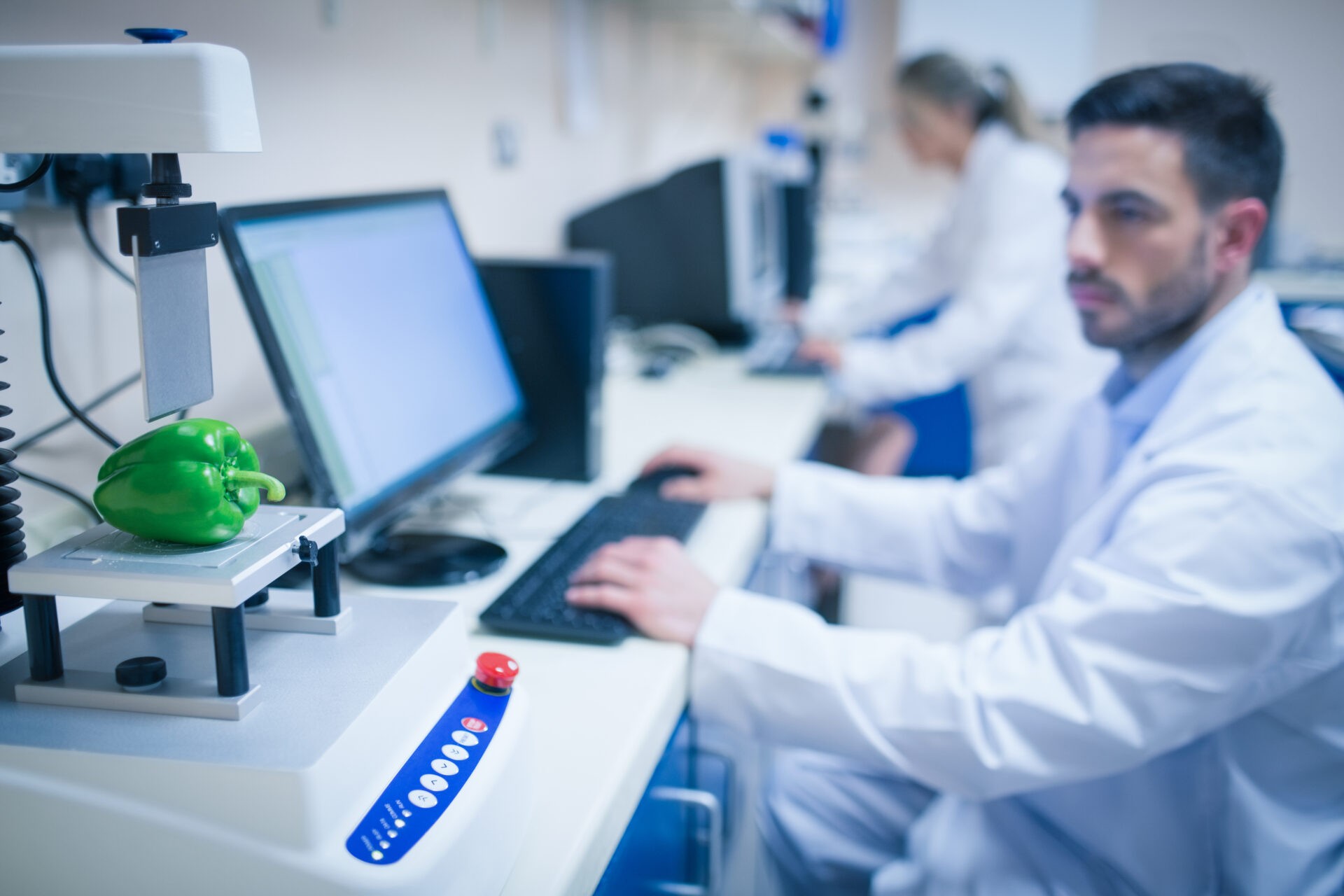The Job Displacement Dilemma: How AI automation threatens traditional employment
The integration of artificial intelligence (AI) and automation into the workforce poses urgent questions: What will happen to traditional jobs in the face of this technological revolution?
In this article, we explore the dilemma of job displacement, how AI automation threatens existing work structures, and its global implications for millions of workers.
Overview of Increasing Adoption of AI Automation Across Industries
With the digital age, a silent revolution has begun, radically transforming the structures of the workforce, highlighting the need for occupational and environmental medicine to adapt to new job demands and characteristics. Artificial intelligence, once a futuristic idea, is now a driving force that advances innovations and boosts efficiency across various industries. By automating routine tasks and enhancing complex decision-making processes, AI has become an indispensable tool for companies to remain globally competitive, offering a competitive advantage and fostering economic growth.
Technological advancements in AI and computer power lead to groundbreaking improvements in automation, which were previously reserved for human individual workers. Machine learning and robotics, combined with natural language processing, are revolutionizing workflows and expanding human job capabilities. These developments transform AI from mere tools to active participants in the work process, taking on crucial tasks and thus enhancing productivity and quality of work outcomes.
However, this technological evolution also brings negative impacts: the workforce faces the choice of adapting or becoming obsolete.
Machine Learning
Machine learning, a key component of artificial intelligence, transforms the workforce by automating complex decision-making processes and routine tasks. This technology allows for the extraction of valuable insights from large data sets and the optimization of processes, previously deemed impossible. Advanced machine learning algorithms, such as deep neural networks for deep learning, are redefining various industries by addressing problems across multiple levels of complexity.
Robotics
Robotics is revolutionizing not just the manufacturing industry but is increasingly integrated into all areas of the workforce. Modern robots perform tasks requiring precision, speed, and endurance on production lines, going beyond traditional production environments, which necessitates a review of occupational health standards. These technologies enhance productivity and quality and are capable of interactive engagement with their surroundings, significantly broadening their applications.
Natural Language Processing
Natural language processing (NLP), a result of early AI research, changes how we communicate with machines, introducing new jobs in tech sectors. By analyzing and generating human language, NLP automates numerous processes that previously required human interaction, such as customer support and content creation. NLP enables more efficient, targeted communication and opens new avenues for automation in customer service and the marketing industry.
The Changing Landscape of Traditional Employment
The integration of artificial intelligence and automation into various industries presents significant challenges to traditional job roles. Jobs that involve monotonous activities, such as assembly line work or routine data processing in accounting and data entry, are particularly at risk, impacting the labor force in sectors not covered by the Affordable Care Act. This development increases the likelihood of automation in the labor market, potentially leading to job losses and greater psychological distress among affected workers.
The impact is particularly noticeable in the manufacturing, retail, and transportation sectors. Current trends indicate that about 12% of businesses in the manufacturing and information services sectors have adopted AI technologies. This figure contrasts sharply with only 4% in the construction and retail sectors. This uneven distribution of AI integration across different industries suggests varying vulnerabilities to changes driven by advances in artificial intelligence.
Administrative positions in management, which typically play a central role within organizations, are also expected to experience significant changes, particularly as tasks such as scheduling and data entry are rapidly becoming obsolete due to the advancing capabilities of AI automation systems.
Manufacturing
The traditionally labor-intensive manufacturing industry is undergoing significant transformation through AI and robotics. These technologies enhance the efficiency and precision of production processes through:
- Collaborative robots (cobots) that work alongside humans on assembly lines, combining mechanical accuracy with adaptability.
- AI-powered predictive maintenance systems that preempt potential failures.
- Automated quality control systems that use computer vision and machine learning to detect defects and ensure product consistency.
- Autonomous mobile robots that handle material management and inventory on factory floors.
This shift is revolutionizing the manufacturing industry but also creates a demand for skilled workers who can bridge the gap between human intelligence and AI applications.
Retail
The retail sector is utilizing AI to offer personalized shopping experiences through data analysis and machine learning. Benefits include:
- Targeted marketing campaigns and product recommendations tailored to individual consumer behavior.
- Enhanced customer experiences through personalized shopping and virtual try-on features using augmented reality.
- Optimization of inventory and supply chain management, improving efficiency and demand forecasting.
Transport
The transportation sector is undergoing fundamental changes with the introduction of self-driving vehicles and drones, which could significantly reduce the demand for human drivers, especially in passenger transport. This development affects not only drivers but potentially also pilots and customer service agents, whose tasks may increasingly be performed by AI-driven systems.
Healthcare and Financial Services
In healthcare and financial services, AI enables more efficient data processing and analysis, leading to improved diagnostic and investment decisions. In healthcare, AI can help optimize treatment plans and provide more accurate diagnoses, while in finance, it is used for risk-based assessments and automated customer support.
Skills Gap and Retraining Initiatives
The introduction of AI automation has highlighted a significant skills gap between employer needs and the current capabilities of job seekers. Automation of routine tasks especially pressures less skilled employees and those at mid-career levels, necessitating ongoing education to maintain their employability in the job market. This situation underscores a critical skills gap that may widen unless it is promptly and strategically addressed.
Retraining Programs are Crucial
Retraining programs have become essential in helping workers who are marginalized by these technological changes acquire the skills needed for today’s dynamic work environment. It’s crucial to precisely identify the skills valuable alongside AI technology and develop strategies for individuals ready to learn or enhance these skills to foster an agile and future-proof workforce.
These Skills are Now in Demand
In a job market influenced by artificial intelligence, certain skills are particularly sought after. Knowledge in programming, maintenance, and quality control are becoming increasingly important. However, it’s not just technical skills that are valued. Creativity and critical thinking are also crucial as these job characteristics are not easily replicated by machines.
Socioeconomic Impacts of AI Development
Artificial intelligence is not only transforming industries but also profoundly affecting social and economic structures. AI could exacerbate income and wealth disparities within countries, creating a divide between those who can effectively utilize AI technologies and those who cannot. While some occupations may benefit from synergy with AI that enhances human tasks, there is also an immediate threat of job replacement by automation.
This shift could lead to several consequences:
- Decreased demand for labor
- Lowered wage levels
- Financial distress among workers whose roles are affected by automation
- Challenges in finding alternative employment or acquiring new skills
Developed countries might be more vulnerable to disruptions from AI but also have better access to its benefits compared to emerging markets or developing economies. Such uneven effects raise concerns about broader societal issues such as:
- Increased levels of psychological stress affecting the employee health
- Physical health problems, including mental health challenges
- Job displacement
- Economic pressure
Income Inequality
The potential of AI algorithms to exacerbate income inequality, increasing the financial resources gap, is a significant concern. It could lead to higher labor income for those already earning higher incomes, intensifying existing disparities. Wealth could become further concentrated as higher returns on capital potentially widen the gap between affluent and low-income individuals.
However, there is a possibility that AI might enable less experienced workers to rapidly enhance their productivity levels. This advancement could change the trajectory of income growth and might mitigate some aspects of inequality.
Policy Responses and Regulatory Frameworks
In light of the sweeping changes brought about by AI automation, policy measures and regulatory frameworks are being established to tackle the challenges and ethical questions posed by this new era.
The Trade Adjustment Assistance (TAA) program by the U.S. Department of Labor is a prototype for such initiatives, providing workers with training opportunities, financial aid, and additional forms of assistance. Efforts in legislation like the TAA for Automation are currently being made. Act of 2019 are underway to refine these benefits. So they can cater more effectively to those affected by AI-related job displacement.
The discussion on AI extends beyond its use for enhancing productivity and addressing societal challenges. There is also a crucial debate on how to create incentives to prevent the use of AI in ways that could be socially harmful, such as job displacement.
Companies are encouraged to:
- Invest in their workforce and prepare for changes brought by automation and AI.
- Offer training and upskilling opportunities for employees.
- Promote a culture of lifelong learning and adaptability.
- Explore new job roles and opportunities that AI may create.
Ethics and Social Challenges
The ethical implications of AI algorithms extend far beyond economic aspects and touch on fundamental societal values. The integration of AI into work processes leads to the displacement of traditional jobs, a public health concern as it may lead to poorer health outcomes among displaced workers, raising profound moral questions and necessitating a systematic review of our approach of occupational health psychology. The challenge is not only how AI can be used to increase productivity but also ensuring that these technologies are not deployed in socially harmful ways, such as replacing human workers.
It is clear that artificial intelligence is here to stay, making it crucial to promote universal access to education and career opportunities to ensure that all members of society can benefit from the advantages of AI. We must ensure fair handling of the challenges posed by automation and take active steps to prevent income inequalities and social divisions that could be exacerbated by the uneven distribution of AI benefits.
Future Outlook for traditional employment in the era of AI automation
As automation and artificial intelligence increasingly penetrate the business world and reshape the nature of work, both individuals and organizations must develop new strategies to adapt to these changes.
A deep understanding of the developments in traditional employment is essential to effectively develop adaptation strategies for the job market. While AI boosts productivity and addresses societal challenges, it also requires proactive preparations for its associated impacts.
Lifelong Learning as the Key
In a world dominated by robots, lifelong learning is essential to keep pace with technological development, helping to balance work demands and promote better physical health. Workers should learn skills that enable them to work effectively alongside highly developed machines, enhancing their capability to perform tasks that AI still struggles with. This helps mitigating job strain and fostering better worker health through lifelong learning.
Final Thoughts
The advent of AI automation is fundamentally transforming the work landscape, with industries such as manufacturing, retail, and transportation undergoing significant changes. These technologies, driven by advances in computing power and machine learning AI, offer substantial opportunities for increasing efficiency but also pose challenges, especially concerning job security and more work related stress among workers.
We stand at the threshold of a new era where the future of work, significantly influenced by AI systems, will be shaped by our ability to integrate AI technologies effectively. With strategic planning and a commitment to inclusion and diversity, we can forge a future that is not only technologically advanced but also enables broad societal success, where AI and humans collaborate to reach new heights and achievements.
Frequently Asked Questions
How is AI automation affecting the job market?
AI automation is transforming the job market by taking over tasks traditionally performed by humans. This shift could lead to job losses, necessitate changes in required skills, and potentially affect wages and employment prospects.
Which industries are most at risk due to AI automation?
Manufacturing, retail, and transportation sectors are particularly vulnerable to the impacts of AI-driven automation due to their involvement in routine and repetitive tasks, making them more susceptible to automation.
How are governments responding to the challenges posed by AI automation?
Governments are implementing policy measures and considering innovative programs to facilitate the transition. This includes retraining, support for job transitions, and creating incentives for further education and re-adaptation of the workforce.






